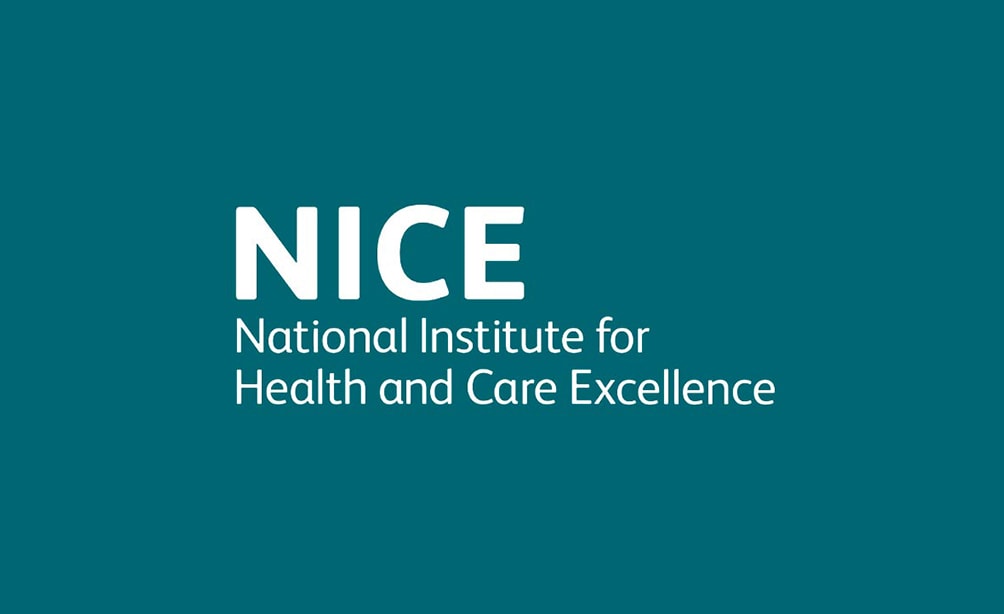Expert Opinion by: Dr Steve Furniss, Consultant Cardiologist, East Sussex Healthcare Trust
In whatever branch of cardiology you may be working you will see an awful lot of atrial fibrillation!
The new NICE guidance on the management of atrial fibrillation updates the 2014 and earlier 2006 guidance and adopts the now familiar format. There are small but important updates in several areas of AF management.
As we know, the more you look the more you find and the importance of a 12 lead ECG to make a diagnosis of atrial fibrillation is stressed in people with suspected AF, with or without symptoms. The use of stroke risk scores, particularly the CHADS-VASc score has generally been widely adopted and this is reinforced in the new update with an additional reminder that the risk should be based on CHADS-VASc score rather than whether the AF has “resolved” following cardioversion or catheter ablation.
A new recommendation is the adoption of the simpler ORBIT Bleeding risk score rather than HASBLED. Anticoagulation is now first line with a DOAC and a vitamin K antagonist is a second choice and indeed for GPs, changing over to a DOAC is recommended after discussion with the patient. There is some clarification about anticoagulation with people with a CHADS-VASc score of 2 or greater there is a reminder that men with a score of 0 or women with a score of 1 do not require anticoagulation.
Rate control in AF is encouraged be it with monotherapy or combination therapy and amiodarone for rate control is discouraged.
Invasive management of atrial fibrillation and the issue of rhythm control was advanced, particularly in the 2014 guidance and, as expected, cryo-ablation makes an appearance in this 2021 version. AF ablation, although the commonest form of ablation performed, is still to be considered after medication and of course, after full discussion with the patient.
As ever the NICE guidance is thoroughly researched and is balanced and, as you will all know, Trusts are now bound to show that they are compliant with NICE guidance. The bigger question will be for the NHS and Trusts is not so much whether treatment is effective, but whether we have the resources to identify and treat such a common problem that has such a huge impact on patient’s lives.
Related Article:

